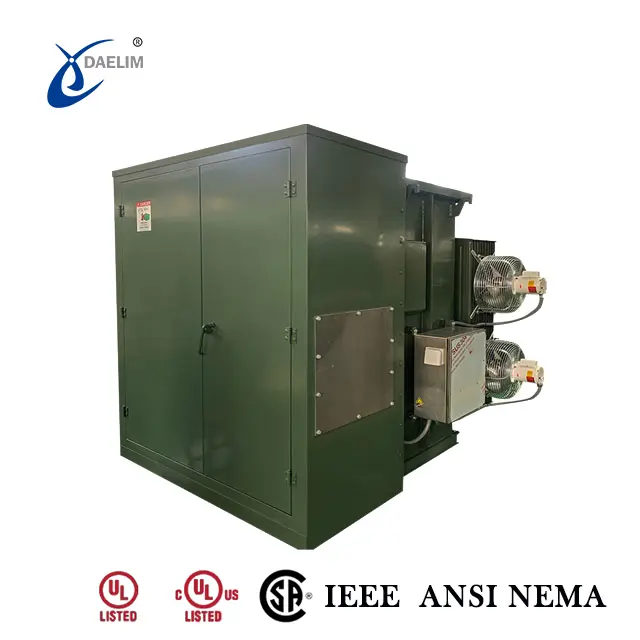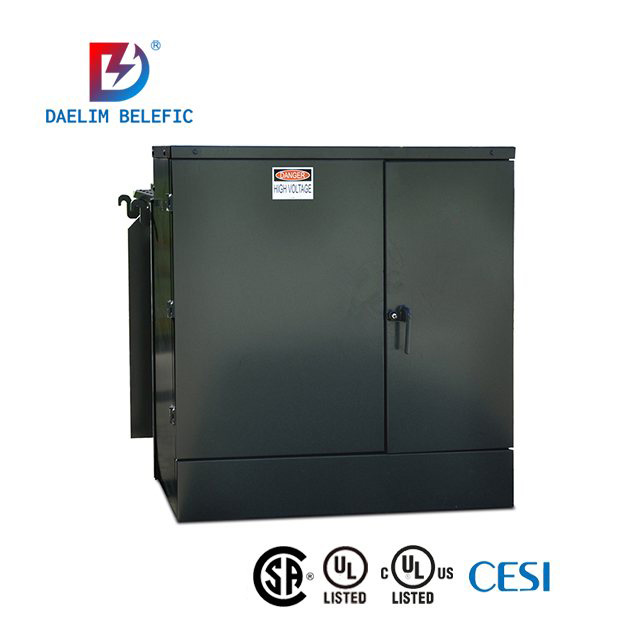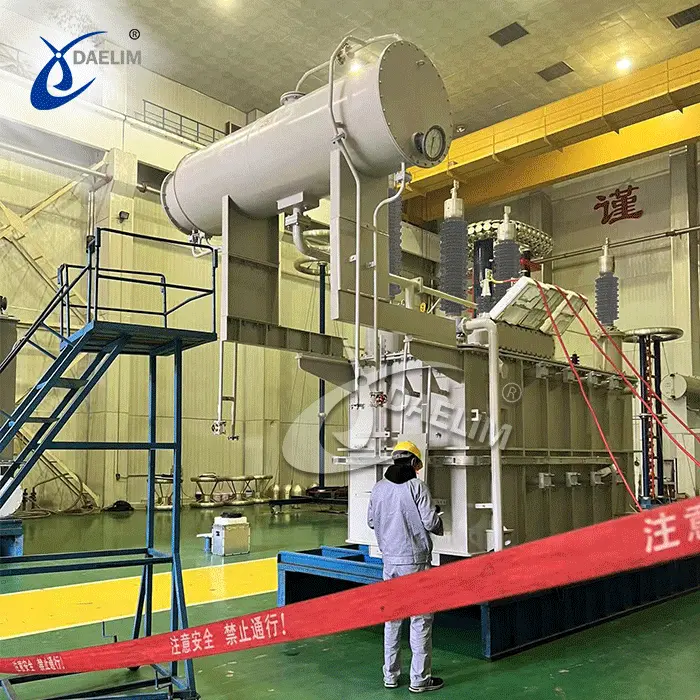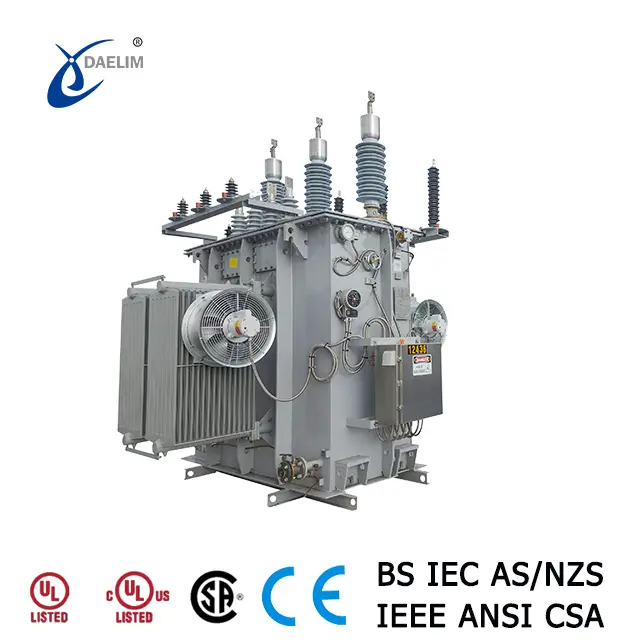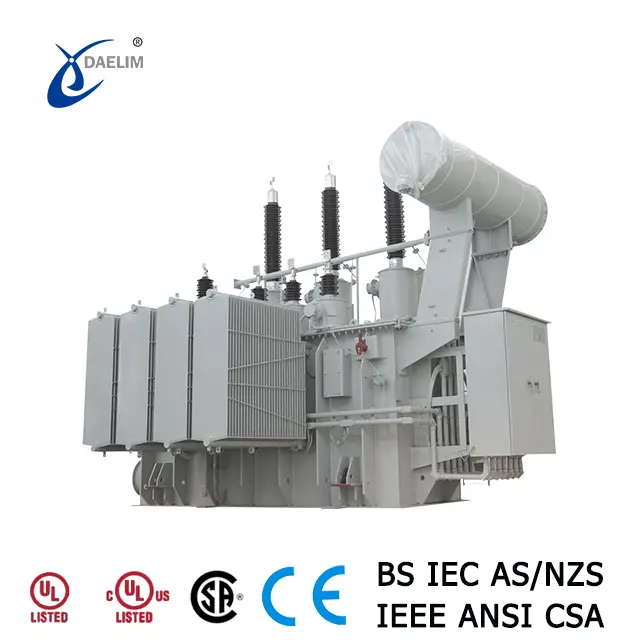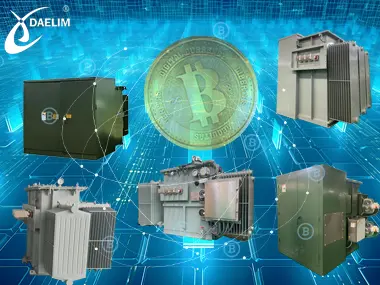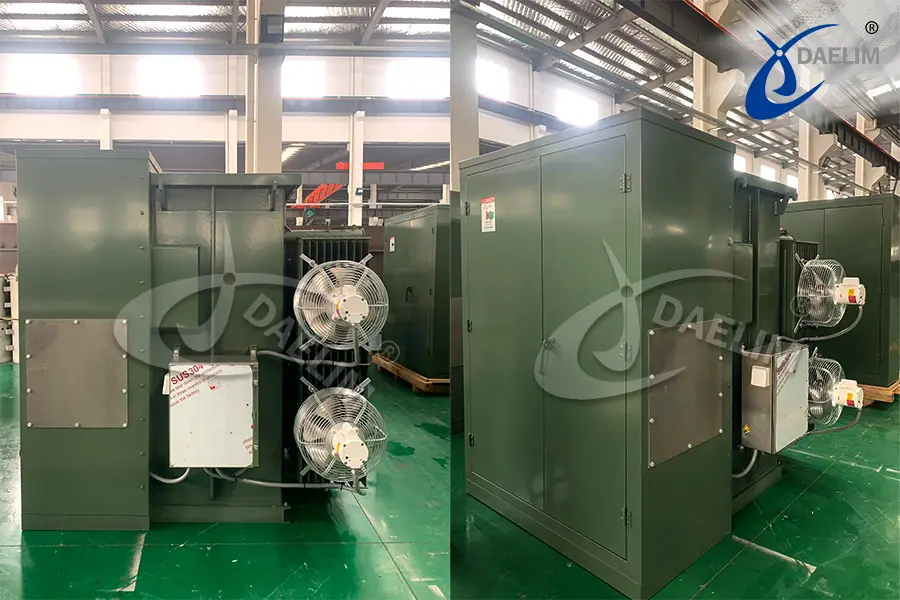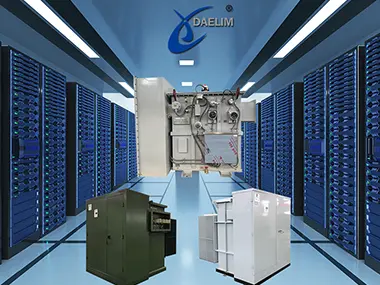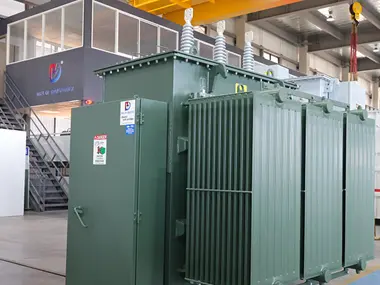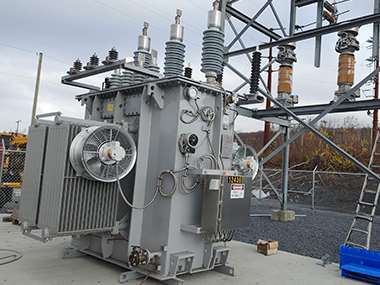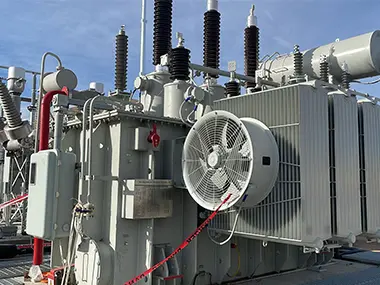How Transformers and PDUs Work Together for Data Center Power
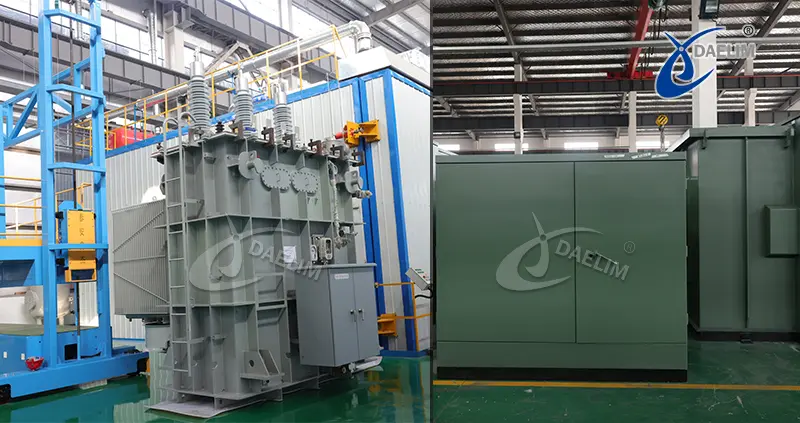
Power outages, even short ones, can ruin an expensive day in a data center where power continuity is paramount. Transformers and PDU together ensure the continued efficient flow of power to the data center server racks from the grid.
The transformer receives the high voltage from the grid and then steps it down to make it usable for devices, whereas PDUs will take care of the distribution into the critical IT infrastructure.
Contact Daelim TransformerThe Role of Transformers in Data Center Electrical Design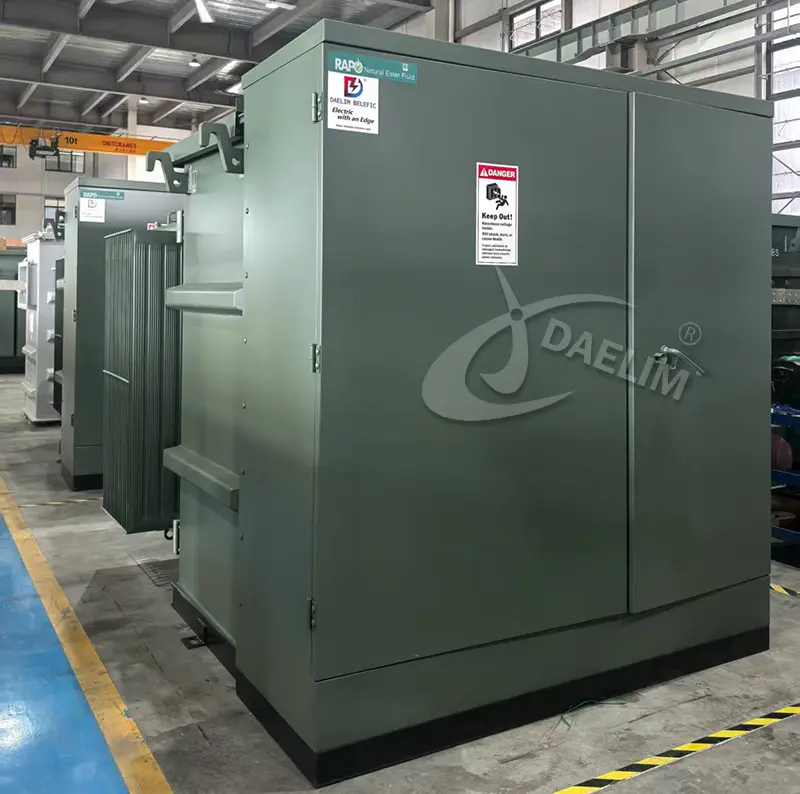
Transformers are the heart of any data center electrical design. These devices convert high-voltage electricity from utility companies into a power level suitable for internal distribution. In the most extensive facilities, converting power from the grid into the resource infrastructure of the data center requires both medium voltage and high voltage transformers.
MV and HV transformers are placed at the entry point of service to receive high transmission voltage power, such as 11kV, 33kV-138kV, or above, and then convert it down to levels manageable for downstream equipment, such as 400V or 415V. This conversion assures that loads like UPS, PDUs, and IT hardware receive stable and consistent power.
A well-integrated transformer setup is essential for:
- Reducing power loss
- Improving the energy efficiency of data centers
- Complementing redundancy and load management measures
- Reduce the chances of overloading or faults
Reading more: Empower Your Data Center with Daelim Transformer
What does a PDU do in a data center?
A Power Distribution Unit (PDU) is one of the important components in any data center, being primarily responsible for distributing electrical power to the interconnected IT equipment inside server racks. PDU receives this power from upstream sources like transformers and UPS systems
After stepping down of voltage through MV or HV transformers and stabilization through data center UPS, PDUs ensure that power is guaranteed for delivery safely and reliably to servers, switches, and storage systems.
Basically, a PDU represents the last link in the power chain, taking conditioned power from the UPS and delivering it via a multitude of outlets to the connected devices.
PDUs also play a key role in:
- Power Management within Data Centers
- Improving Data Center energy efficiency
- Support redundancy through dual power feeds
- Monitoring power metrics to manage of average power consumption in a data center.
How Transformers and PDUs Work Together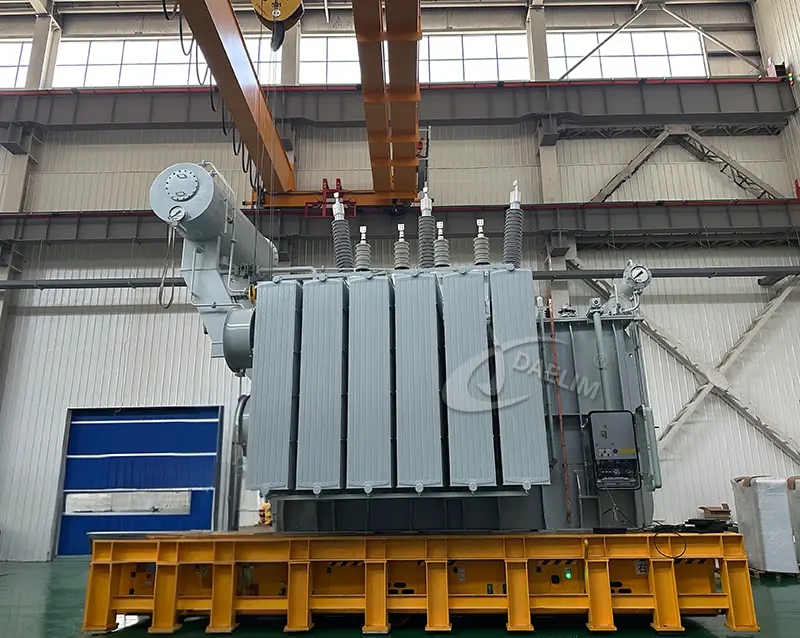
In a data center, Transformers and PDUs work together and form a power delivery chain that ensures reliable, efficient, and safe operation for all the It hardware. The transformer and PDU work together to convert and deliver power from the grid to every mounted server and networking device.
So the process begins with, first of all, MV or HV transformers recover high voltage power from the grid, which usually comes in 11kV, 33kV or even higher. Transformers then step down these voltages to usually 400-415V, which is more usable and safe to operate for data centers.
Power then flows through:
- Switchgear for isolation and protection
- UPS for backup and power conditioning
- And then finally it went into PDU, which then distributed it to the IT equipment
- So on one hand, transformers manage voltages; on the other hand, PDUs ensure fine distribution of power to every device in the data center.
You may enjoy: Transformers Solution For Data Center and blockchain
Integrating UPS Systems in the Power Chain
UPS is important in data center power flow. It works as a backup unit in case of power disruption. It also conditions the power received from the transformer, regulates it, and filters out harmonics.
UPS works between the transformer and the PDU, working as a kind of bridge. As Transformers provide step-down voltage and PDUs manage final power to IT Hardware, UPSs, in the meantime, ensure clean, stable, and continuous power even during outages or fluctuations.
Where UPS Fits in the Power Flow:
- Grid Power →
- MV/HV Transformer →
- Switchgear →
- UPS System →
- PDU Data Center →
- IT Equipment
Get it free:2550 kVA Pad Mounted Transformer For Data Center in Mexico, Missouri
Conclusion
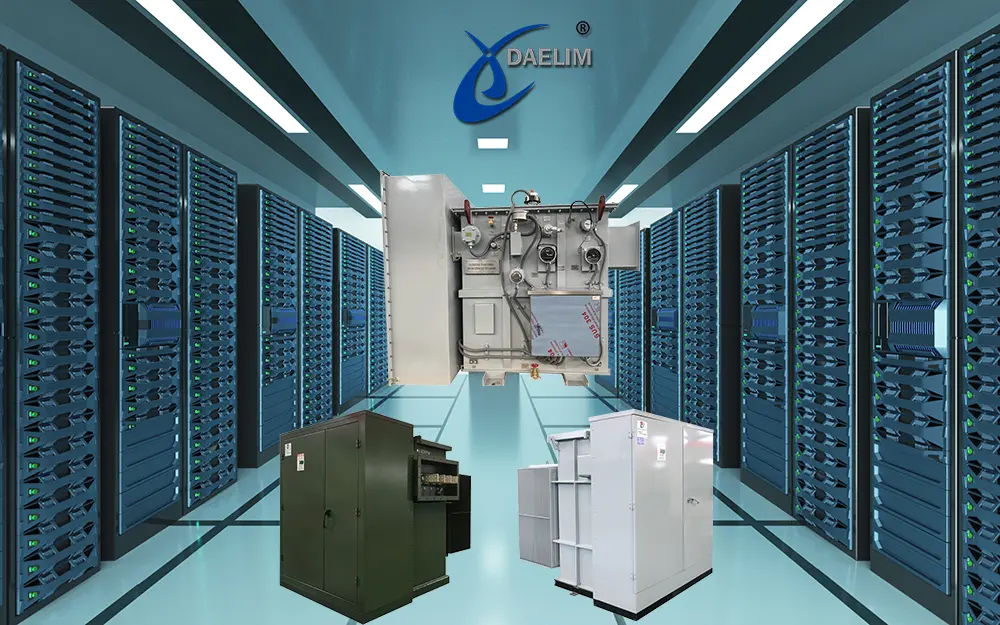
A transformer plays an important role in the Data center Power management by working with the grid and converting a higher voltage to a lower one. Afterwards, PDUs receive this step-down voltage from transformers and then finely manage to distribute it to devices. Transformers and PDUs work together and ensure seamless power to every device in the data center.
With data centers expanding and adopting high-density computing, the relevance of an integrated electrical design centered on robust MV/HV transformers is increasing by the day.
Here comes Daelim Transformer, your best solution for the Transformer here. We specialize in the design and manufacture of high-performance medium and high voltage transformers. We have custom-built a transformer especially for the Data Center and blockchain. We have already worked with many companies across the globe.
Our transformers mainly focus on quality, energy efficiency, and worldwide compliance standards to optimize data center power consumption and maintain continuous uptime.
Whether a new construction or the upgrade of existing infrastructure, Daelim Transformer has the knowledge and equipment required to confidently power your data center. Contact us now for your Data Center Project.
Related Products
Related Article
Transformers Solution For Data Center and Blockchain
Daelim Transformer is UL Listed transformer manufacture, understands their crucial role in powering data centers and blockchain. They have been offered transformers to numerous top blockchain companies in North America, ensuring a stable and reliable power supply. With high electricity demands in these industries, Daelim Transformer's solutions support efficient operations.
2550 kVA Pad Mounted Transformer For Data Center in Mexico, Missouri
Today, we're excited to showcase Daelim Transformer's involvement in a project supplying four 2550 kVA pad mounted transformers tailored for a data center located in Mexico, Missouri. Data centers, known for their substantial power demands, require reliable solutions to ensure seamless operation during peak electricity usage.
Empower Your Data Center with Daelim Transformer
Daelim Transformer provides reliable and efficient transformer solutions for data centers, ensuring high power capacity, safety, and energy efficiency. With customized options such as oil-immersed, dry-type, and smart transformers, Daelim addresses critical needs for redundancy, power quality, and load management. Our transformers offer high reliability, scalable designs, and advanced cooling methods, supporting modern data centers with high-density IT equipment. With ongoing maintenance and monitoring services, Daelim ensures continuous, optimal performance for data centers worldwide. Contact Daelim today to power your data center with confidence.
Zig Zag Grounding Transformer
Transformer grounding is vital for safety and reliability in power distribution. It ensures stable voltage, prevents equipment failure, and safely directs fault currents. Various grounding methods exist, including solid and resistor grounding. Among them, the zig-zag grounding transformer stands out as an efficient and reliable solution for diverse electrical applications.
Difference Between Surge Protector and Lightning Arrester in Transformers
Transformers are vital in power systems but vulnerable to voltage surges from switching or lightning. Surge protectors and lightning arresters safeguard them. Though often confused, surge protectors handle internal transients, while lightning arresters defend against external lightning-induced overvoltages, each serving distinct protective roles to prevent damage to transformer components.
Future Trends in Transformer Technologies and Sustainable Solutions
The energy sector is moving toward sustainability, digitalization, and decentralization, driving rapid transformer evolution. Modern transformers go beyond voltage regulation, offering smart features, higher efficiency, and adaptability. They play a crucial role in addressing today’s energy challenges, supporting cleaner, more resilient, and technologically advanced power systems worldwide.

